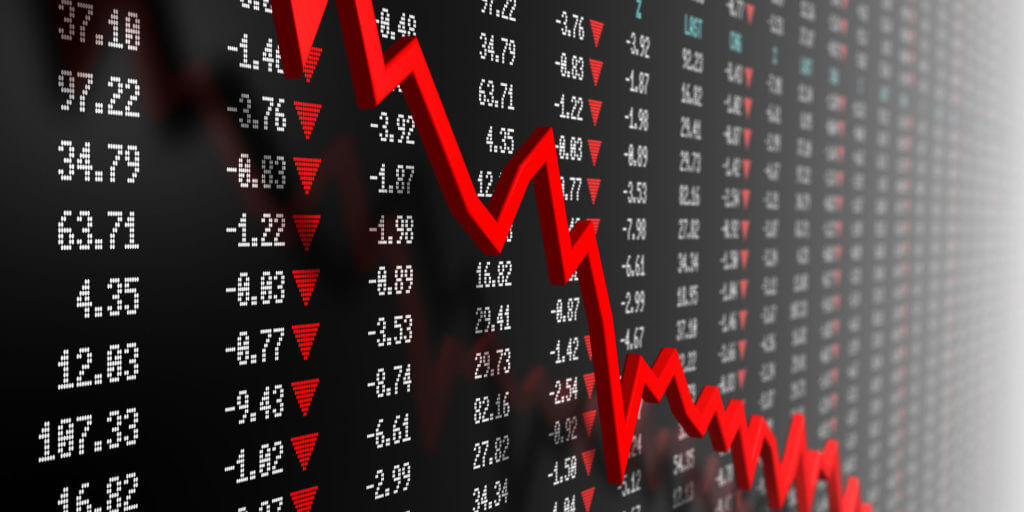
RevPAR is down at hotels across Dubai with reports saying that revenue has dropped to its lowest level in a decade. Should hoteliers be worried? Well, yes and no. It all depends on your revenue strategy.
NB: This is an article by Michael McCartan, Managing Director EMEA at Duetto
According to JLL’s Q3 2017 Dubai Real Estate Market Overview report, year to August RevPAR was AED 503 (US $137), the lowest level seen in the last decade. Yet, occupancies have settled at a respectable 75% since the start of 2017. The two figures are linked, as hotels often look to boost occupancy at the expense of rate.
With a further 1,800 keys added to the market in the third quarter of 2017, bringing Dubai’s total inventory to 82,200 keys, competition will intensify. So how can hotels look to increase their profits, even when market revenues are shrinking?
Hotels need to get tactical. Using RevPAR Index (or RGI) hoteliers can keep score on how the market is performing. Using this, you can set out to beat the competition and grow market share.
But how do you do this? First, you need to understand the importance of RevPAR Index as a true barometer of your hotel’s revenue performance. Second, you need a revenue strategy that is integrated with all key hotel departments, and that is built on big data and predictive analytics.
So what is RevPAR Index? Essentially, RevPAR Index is a benchmark of your performance measured against a market. For example, if you have four hotels in a market and each one is running a RevPAR of AED 500 ($136) then each is running at a RevPAR Index of 100%.
Often, hotels will compare their own year-on-year data, and will be happy if they see an increase in these figures. If in the previous year your RevPAR at your four hotels was AED 450 ($122.5), you are up AED 50 ($14) per available room for this year. That is great, right? No, not if the total RevPAR Index for the market is AED 550 ($150). If that is the case, then your four hotels are actually running at 90% RevPAR Index. You are behind the market, even though your year-on-year figures show growth.
Comparing your hotel against the same time last year is not a true indication of either your performance or the market’s performance. Start with how you are performing against the entire market and then drill down to your numbers versus your segment, before looking at your competitive set. Each will tell you something different.
Why is the Dubai hotel market in decline? The latest data from STR for September 2017 showed that RevPAR was down 14.8% to AED 381.20 ($104).
The major contributing factor to RevPAR decline is new supply coming into market in readiness for World Expo 2020. World Expo 2020 starts in October 2020, so it is still a long way off. This means that the pain the market is experiencing now could continue for a while.
Dubai has always been a congress and conventions hub. 2016 saw a record number of large-scale events, and this has somewhat skewed figures for 2017. If you strip out the demand those large conventions provided, the loss wouldn’t look so bad.
And finally, holidays had an impact. Ramadan, and the following Eid vacation, fell in the summer. These key dates in the Islamic calendar move by around 11 days every year and that impacted on 2017 figures. All in all, it was the perfect storm, with all three events coming together at once to have a negative impact on the market.
What can hotels do? You must focus on increasing market share. The knee jerk reaction is: “We need more occupancy, so drop rate.” But that might not be the right decision. By dropping the rate you may not drive any more guests to your hotel, in which case all you’ve done is sold to the people who were going to come anyway.
Develop a revenue strategy. Historically, revenue management has been about forecasting demand based on historic booking patterns and then setting prices accordingly. Today, you can be more responsive to market conditions by looking at airline data, shopping behaviour, and understand customers’ price sensitivity by day of week, by season, market and other sources of insight.
Use data and market insights. Once your revenue strategy platform is in place, you can get more granular with pricing, as you will have greater insights into the demand across all segments and channels. You can then use open pricing to offer different prices to different guests. Your revenue team must work alongside, support and integrate with other hotel departments, including sales and marketing, e-commerce and customer relations.
If you don’t have a revenue strategy in place and the technology and resources to support your revenue team, you are not going to win in this down market. However, if you’re an hour or a day ahead of the competition and are proactive, you can make significant gains that no one else will.
Author Bio
Michael McCartan is the managing director, EMEA of Duetto. He joined Duetto as managing director for Europe, the Middle East and Africa in 2014 to spearhead the rollout of the revenue strategy technology company throughout the region. He directs the vision and execution of Duetto’s rapid growth from the company’s London office. He has over 15 years’ experience in the hospitality industry.
This article was originally published on Hotelier Middle East




